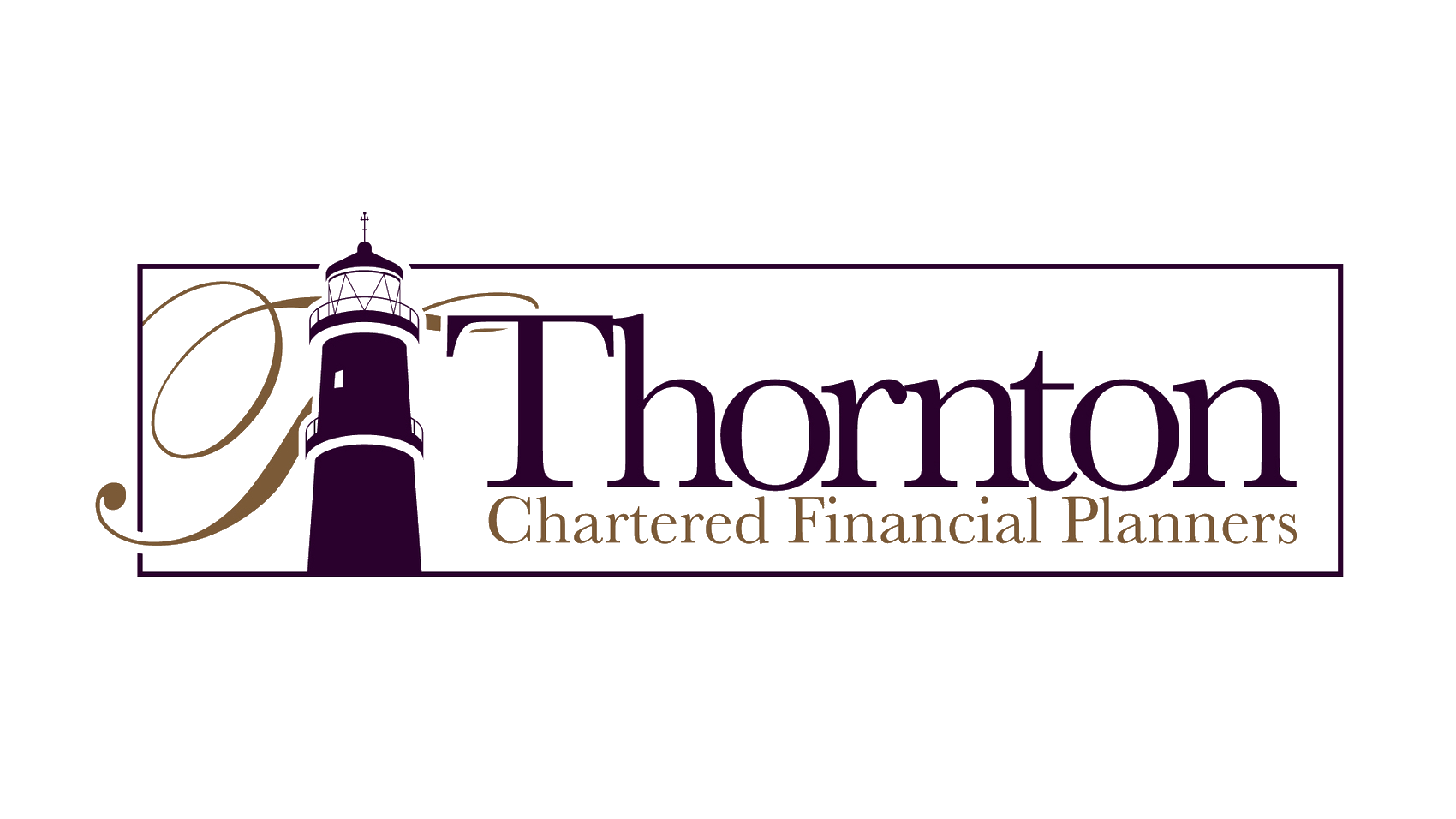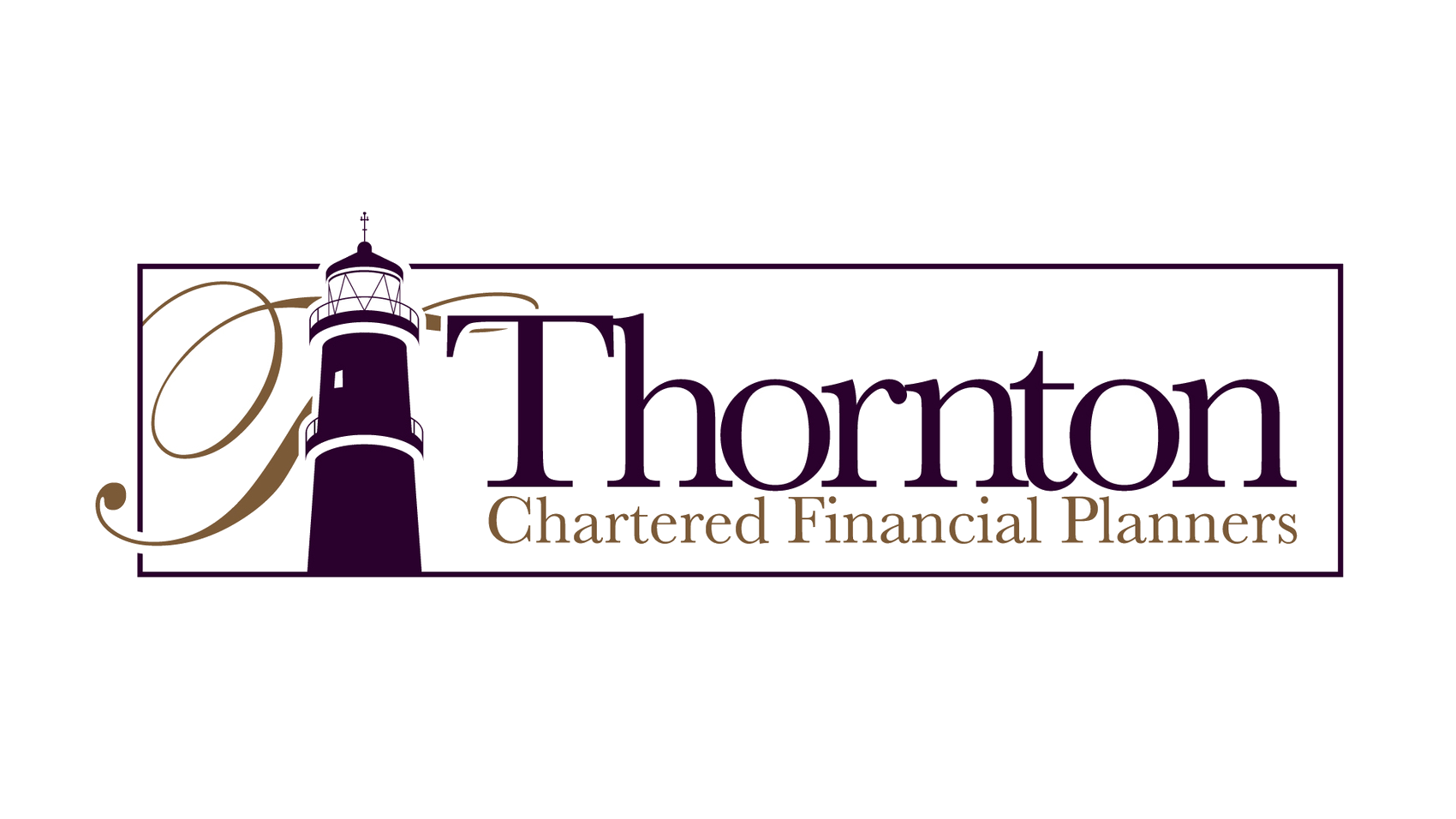I worked for the Regency hotel when I moved from Latvia to the Isle of Man. I had yet to learn what an investment portfolio was back then.
Curiosity led me to study the investment world.
Before joining Thornton Chartered Financial Planners, I worked for an Isle of Man investment firm for five years. Most of the time, I researched investments and managed client portfolios.
I thought it would be useful to share what I have learned.
There are many ways to build wealth. The most common methods are owning a business, investing in property or owning a portfolio of global investments.
Each approach requires a plan, patience and a cash reserve to see you through the inevitable setbacks.
There are also many ways of building a portfolio of investments. There is no single right or wrong approach. What matters most is that the portfolio is:
-part of your financial plan
-linked to your goals
-appropriately diversified, and
-managed with a long-term view.
The fundamental building blocks of a portfolio are company shares (also known as equities), bonds (also known as fixed interest) and, sometimes, alternative assets.
Company shares
These are usually the world’s largest companies, listed on global stock exchanges.
Shares of these companies can be bought and sold instantly.
Companies include Apple, Amazon, Disney, Visa, Microsoft, HSBC, Tesco and Shell, to name just a few.
By owning shares in these companies, you become a part owner of the business.
Some company profits are paid out to you as dividends, and some are reinvested in the company.
If the company succeeds, the share price will likely rise, and so will your future dividends.
You or your investment manager can vote at the company’s annual general meetings and keep the management and board of directors accountable.
Instead of owning individual company shares, you can also hold a fund which invests in hundreds and sometimes thousands of companies across the globe.
Bonds
Instead of being a part owner of a company, you have become a lender to the company.
You can also lend your money to governments. You may have heard of gilts (UK government debt) and US Treasuries (US government debt).
Companies such as Apple, Microsoft and GlaxoSmithKline borrow money to grow their businesses, and governments borrow to pay for budget deficits and invest in public services.
In return, these companies and governments pay you interest, which tends to be higher than banks offer.
On a pre-agreed date in the future, these borrowers will return the original sum that you lent to them.
Alternative assets
These usually include anything not a listed company share or a bond. For example:
-Infrastructure companies, which invest in social infrastructure (hospitals, toll roads, schools, etc.) and energy infrastructure (renewable energy sources, etc.).
-Real estate investment trusts, which invest in commercial or residential rental properties in different countries.
-Hedge funds or absolute return funds, which aim to deliver positive returns in most economic environments.
-Venture capital, private equity funds, etc.
Think of company shares as the growth engine which drives the longer-term returns of a portfolio.
Because these companies are traded on global stock exchanges, their prices (and the value of your portfolio) can move up and down sharply in response to economic and company-specific news.
Investors can add bonds and alternatives to their portfolios to make the investment journey smoother and provide more capital stability. These are predominantly income-earning assets with somewhat fixed returns.
Traditionally, when the economic environment deteriorates for companies and their share prices fall, bonds and alternative assets tend to hold their value or fall to a lesser degree.
The year 2022 defied the traditional performance characteristics of bonds when both company shares and bonds fell together. Inflation and sharply rising interest rates hurt both asset classes.
This recent experience does not mean that we should abandon bonds. They will continue to provide diversification benefits to portfolios more often than not.
Future returns from bonds look better now, in early 2023, than in any period in the last decade.
There is an easy way and a hard way
You could build your portfolio brick by brick, i.e. by picking each individual company, bond and alternative asset.
At the other end of the spectrum, you could buy a ready-made diversified portfolio and avoid monitoring and rebalancing your holdings.
Simple typically beats complex.
The key is to be appropriately diversified, so if any single investment fails, you are still on track to achieve your goals.
Investing can enable us to reach our goals faster. It allows us to catch up if we are late in building assets for our future selves.
Meanwhile, cash is the safe option for short-term goals and the rainy-day fund, i.e. for planned and unplanned expenditures.
However, the further into the future our goals are, the less ‘’safe’’ cash is.
Most of us will spend decades in retirement. Someone in their 30s could have 70 years of saving and investing ahead of them.
Keeping money in cash for decades will decimate savings in real terms. If inflation is just 3% annually over the next 25 years, your cash in the bank will likely lose approximately 50% of its value.
You don’t need a large lump sum to start your investment journey, but you need discipline, patience and the ability to stay calm during the inevitable downturns.
Napoleon is believed to have said, ‘a genius is the man who can do average things when everyone around him is losing their mind’. The same can be said about investing.


